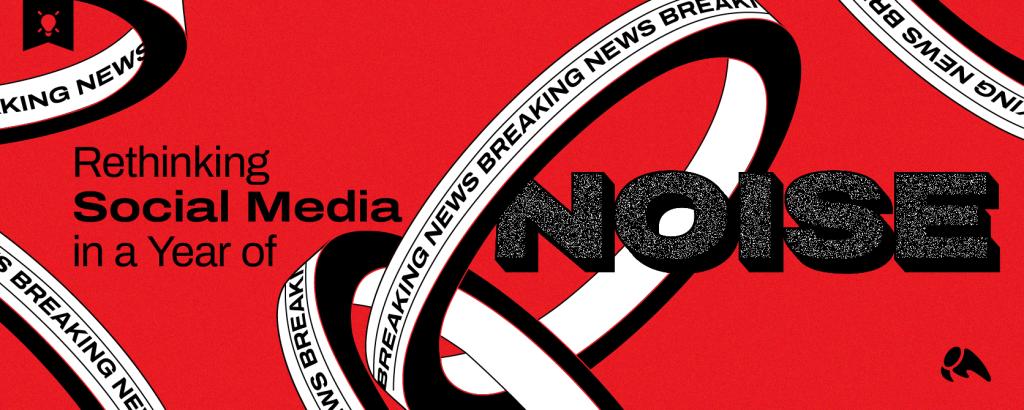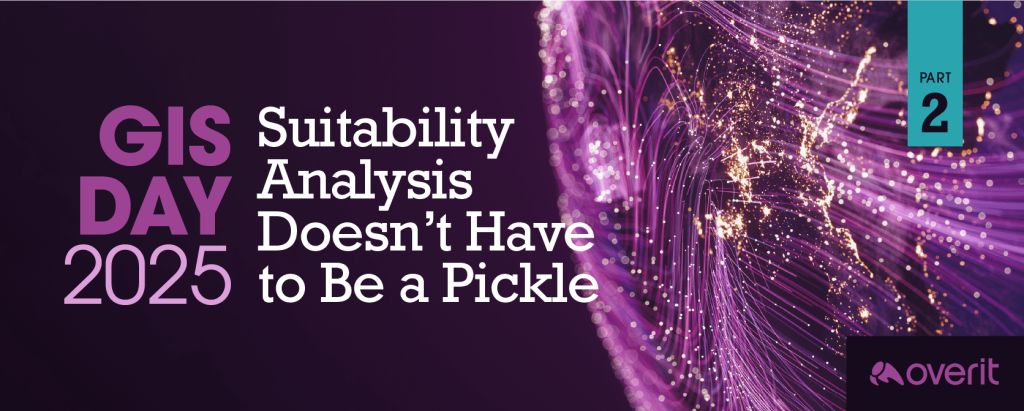
2025 has been a lot… and it’s really changing how we scroll. If you’ve found yourself waking up to yet another “breaking” headline and feeling like your nervous system can’t take one more push alert, you’re not alone. This year has been packed with non-stop news, overwhelming feeds, and constant commentary. It’s no wonder that more people are pulling back… from digital detoxes to quiet unfollows; we’re seeing a subtle (or not-so-subtle) shift in how people engage online.
And that shift has big implications for brands.
As someone who spends every day helping brands show up with purpose and clarity online… while still staying true to your brand’s voice and core values, I’ve been asking myself: What does all of this mean for social media marketing?
It’s tempting to say “post less” or “just be real,” but those answers don’t go deep enough. So I went looking for some data on what people are thinking about when it comes to social media, the internet, and how they consume and interact with content.
Assessing the Mood on Social Media
Earlier this year, Vox Media and The Verge released a report on “Remodeling the Internet.” It had some good stuff there, and while some of the big-picture takeaways are not necessarily “earth-shattering,” they reflect a clear pattern — and frankly, they track with what we’re seeing in the field.
Here’s what stood out:
- The big platforms are losing steam. Trust in legacy social platforms like Facebook or search engines like Google is fading. People are looking elsewhere to find their information.
- People still want a real connection. They don’t want to be bombarded with product placements or content generated by algorithms that people are aware of but don’t comprehend.
- Content still helps build community. Sometimes we have to sit back and remind ourselves that there are what’s called “lurkers” out there—people who consume content, but don’t necessarily interact with it. So, if you notice your engagements are down and fewer people are interacting with your content (whether liking, reacting to it, commenting, or sharing), don’t assume the worst. Other metrics can still tell a story:
- AI is powerful, but human connection still wins. No doubt, AI is transforming digital marketing. We see it here at Overit, and we’re doing more than adapting to it. We’re finding ways to integrate it into our work. But what we have not lost sight of is the human touch. We are all humans, and we can feel when that human touch is missing. Remember to use AI to support your work, and not replace your brand’s voice. Me? I can tell when a brand is using AI to create its social media posts. Too many arbitrarily placed emojis!
- Small, intentional communities are still thriving! The future isn’t about mass reach — it’s about meaningful reach. Smaller spaces with shared values are where real engagement happens. Brands that focus on depth over breadth will win.
So… Should You Stop Posting?
Nope. This isn’t about quitting social or going silent. It’s about rethinking the role your content plays—and showing up in a way that feels intentional, aligned, and human. Think of this as a strategic pause. Here’s my best advice, based on what I’ve been telling our clients:
- Lean Into Your Niche. What does your audience care about? General content for a general audience doesn’t really land. Start by getting hyper-relevant to your target audiences — whether you’re an association speaking to current and prospective members, or a healthcare organization hoping to empower patients in their health journey. When in doubt, here are a few simple starting points:
-
- Try social listening.
Find out what people are talking about online, both at a topical level and how they’re talking about your brand. Pay attention to tone, keywords, and recurring questions. There are plenty of tools out there that measure social listening. - Ask your team for feedback.
For home services clients, this could be your salespeople, technicians, or anyone else out in the field. For higher education institutions, tap into different departments across campus to see what students, faculty, or admissions counselors are hearing every day. When in doubt, no matter the industry, talk to your team!
- Try social listening.
-
- Make spaces for real voices. Bring in humans—whether that’s your team, your customers, or your partners. We’re not in the perfectly polished era anymore. We’re in the relatable, real, and relevant era. Let your people speak, not just your brand voice. Show behind-the-scenes moments. Empower your team to post through an employee advocacy program.
-
- It’s OK to use AI, but with a specific purpose. Don’t use AI to replace your message. Let it support your workflow, spark ideas, or handle repetitive tasks, but your voice should still sound like you. People can tell when it doesn’t.
-
- Don’t just talk at people, talk to them. Social media isn’t just a platform to announce your next program or enrollment deadline. Share the why behind what you’re doing. What will your audience gain? Who’s leading the work? How have others benefited? Create room for two-way conversations, even if it doesn’t catch on right away. The effort builds trust.
-
- Focus on quality over quantity. You don’t need to post just to fill space. Populate your feed with content that adds value. Use data to see what performs well, and let that guide your strategy.
-
- Shift your metrics mindset. Engagement isn’t the only indicator of success. Look at the whole picture of how your content is performing—impressions, reach, link clicks, video completion rates, and even saves. Also track types of content: carousels, Reels, static graphics, text-only posts. Watch for patterns, not just peaks.
Final Thought
Look…I don’t know everything. But as marketers, we tend to be pretty plugged in, paying attention to trends, listening to conversations happening behind the scenes, and asking lots of questions. And one thing I know for sure? As much as we might want to log off and live in the woods sometimes, that’s not an option—especially for brands.
So if you take nothing else from this post, let it be this: Don’t stop posting. Just rethink how you’re posting.
It’s 2025. Saying “We need social media” isn’t going to be effective anymore. The mindset shift is this: “We need to be strategic on social media.”
That’s how we cut through the noise.





